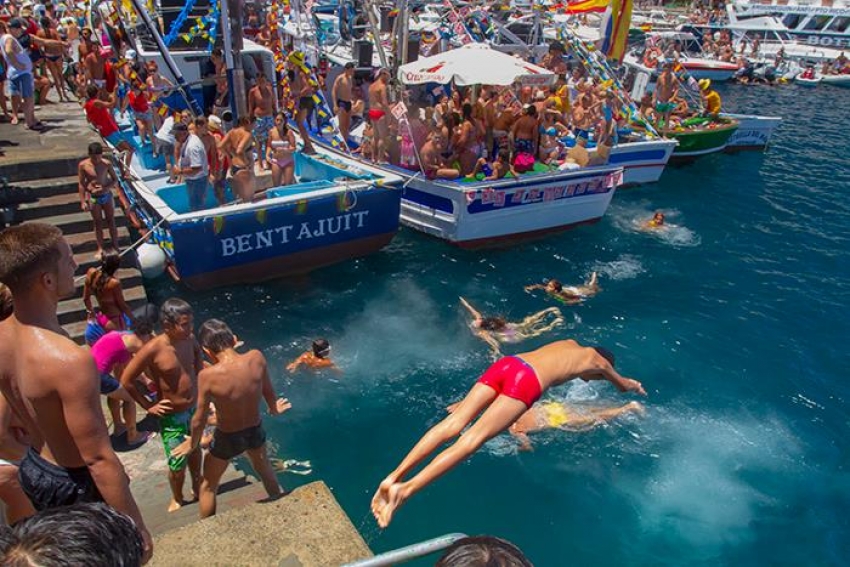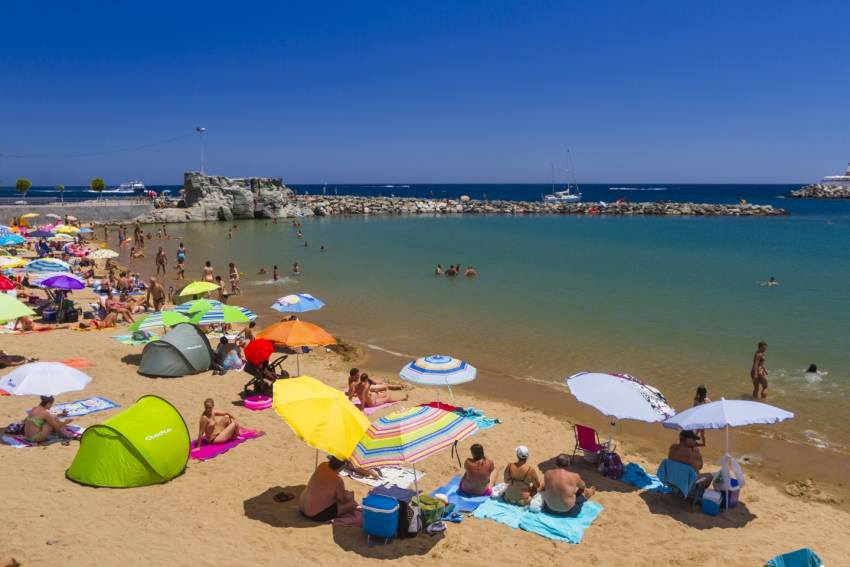What's On In Gran Canaria In July
Gran Canaria is a lot of fun in July with water and apricot festivals, the Fiestas del Carmen marine parades and firework displays, and a series of local fiestas or romerias. Here's a guide to July events in Gran Canaria.
Set To Roast :Gran Canaria Weather in July
With minimum temperatures well over 20ºC and the daily average at 26.5ºC July is a hot, hot, hot in Gran Canaria. The temperature reaches 30ºC most days on the sand and the evenings are perfect for sitting out with a cold beer.
It sounds hard to believe but there are over 300 hours of sunshine in Gran Canaria in July. That’s over 10 hours per day. Sunscreen is essential as a full day of July sun in Gran Canaria burns almost everybody. Even the locals slap it on during the summer.
As for rain in July, it just doesn’t happen!
The sea in Gran Canaria in June is over 22ºC so you can loll in the shallows for hours on end without getting goosebumps. Sometimes you have to swim out into deep water just to find a cool bit.
The mountains in Gran Canaria get hot during July and it can be dangerous to go walking unless you are well prepared. We advise starting as early as possible and being out of the sun by 10.00. Take a hat and sunscreen and plenty of water (a litre an hour). If the island is on alert for high temperatures please don’t go walking as temperatures can reach 40ºC or more and people have died of heat exhaustion.
July is one of the hottest months in Gran Canaria and the beaches are full until well after the sun has set. For an escape to the sunshine, Gran Canaria in July is a sure bet.
Gran Canaria Info recommends:
- Default
- Title
- Date
- Random














